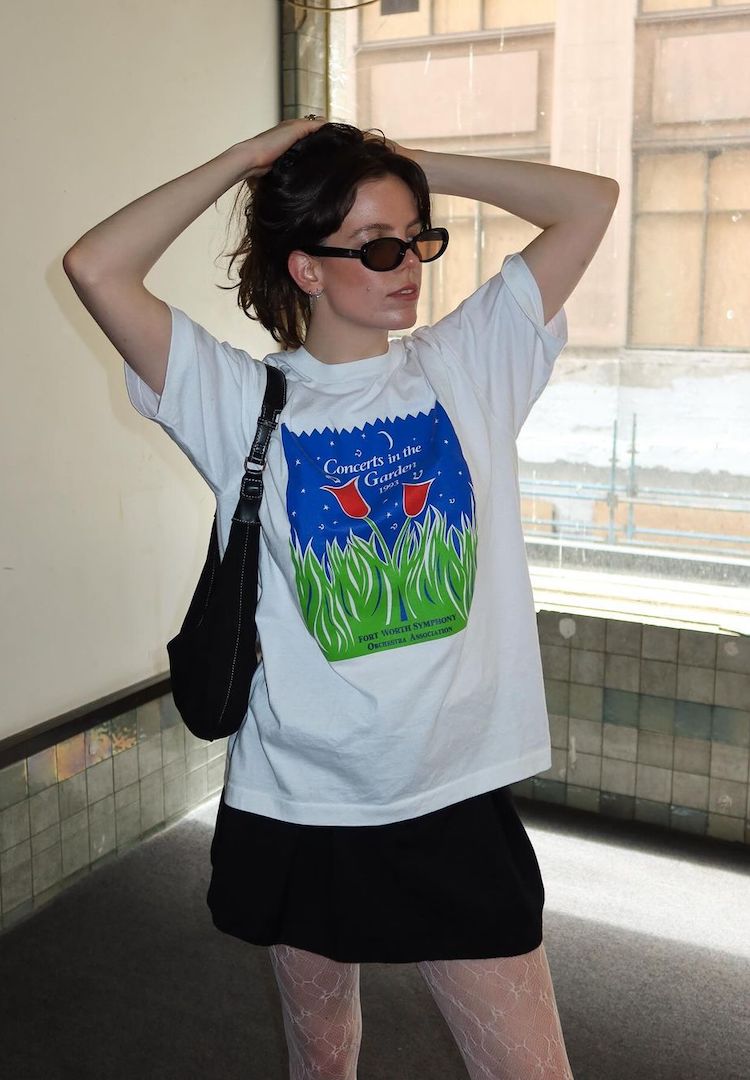What does the insane success of Shein mean for sustainability and the future of fashion?
WORDS BY CLARE PRESS
“Shein is booming. How come, when more and more of us are supposedly switched on to these issues?”
As interest in sustainability continues to climb, how are we feeling about fast fashion? You know: Zara, H&M, Forever New… Wait. Not so fast. Literally. Because the stuff that we’ve grown used to labelling ‘fast fashion’ – with all the baggage that phrase contains – is starting to look like a leisurely stroll. It’s outdated.
It took ages for Zara to even get a website in this country, and H&M only enabled eCommerce for Australia in October 2020. The clothes they sell aren’t even very cheap, in the grand scheme of things. You might pay $160 for something that looks a bit like a designer piece on Net-A-Porter. But when money’s tight, Gen Z is more likely to be scrolling Depop for a bargain. And, as I write this, there are tops on Boohoo that cost $3.
For more fashion news, shoots, articles and features, head to our Fashion section.
In 2016 when my book Wardrobe Crisis, How We Went from Sunday Best to Fast Fashion came out, H&M and Zara, along with disgraced British billionaire Sir Philip Green’s Topshop, represented the pinnacle of disruptive speed and accessibility.
This was also the tail-end of the supermarket fashion era when, particularly in the UK, fast fashion had infiltrated the grocery aisles. Bragging rights belonged to those who scored a cashmere cardi for 20 quid when they nipped out for milk. Back then, the idea that fashion was trashing the planet had yet to take hold of the mainstream.
I launched my podcast a year later, interviewing garment workers, eco-activists and pioneering designers who put sustainability first. We did multiple shows about waste – because the global fashion industry churns out 150 billion garments a year, and most of them end up in landfills eventually. The major culprit? Fast, cheap, trend-driven womenswear.
But while old-school media is still depicting H&M and Zara as standing at the cutting edge of all this, whisking trends from the catwalk to the shop floor in record time, things have moved on. Fast has become ultra-fast, leaving those guys for dust.
This week, Series Seven of the Wardrobe Crisis podcast begins with a story on Shein, the Chinese marketplace juggernaut that turned over US $10 billion last year, and is now the biggest fast fashion player in America.
My guests are two tech journalists, Meaghan Tobin and Louise Mataskis, who spent six months investigating how Shein “beat Amazon at its own game” to usher in a new era of ultra-fast fashion.“I think the difference between fast fashion and ultra-fast fashion is the internet, right?” Matsakis tells me on the show.
“Fast fashion was about copying runways. One example that I can’t forget was the Balenciaga Triple S sneaker, and all of a sudden Zara was making a knock-off. But that’s the old model. Whereas the ultra-fast fashion model is a like: 20-year-old from Depop, and we’re going to rip that off straight from the internet. That’s the difference for me – it’s not just speed… it’s about being influenced by social media and using things like algorithms and data to influence what you’re producing.”
Tobin talks about “floating in a sea of choice” and “a kind of infinite variety”. Fast fashion was about far too many collections, purposefully overproduced (because it’s cost-effective) and then wasted. Ultra-fast puts this on steroids. Shein argues that because its business model is nimble, it’s not so bad.
It reacts super-fast to what people are searching for, then kicks its supply chain into gear, ordering more of this or less of that from huge networks of Chinese factories, direct. By cutting out the middle-man – and the need to forecast demand before producing – it can reduce waste, it says.
A new sustainability page on Shein’s website reads: “Others go big, we go small. That means we only produce 50 to 100 pieces per new product to ensure no raw materials are wasted. Only when we confirm that a style is in high demand do we implement large-scale production.”
But this is disingenuous in the extreme. Tobin and Matsakis tracked the numbers of styles Shein drop daily – info it publishes on its app, as a kind badge of honour and something to brag about like that supermarket cashmere of yore. Ready? According to Tobin, “They might say, ‘On Wednesday, we released 8,500 styles’.” Eight-thousand-five-hundred. A day. Yep.
“We tracked this from July to December, and between 2000 and 10,000 were released every day,” says Tobin. It all adds up to millions of cheap, random synthetic garments, from slogan tees to boho frocks, chucked out at crazy speeds and kept in wardrobes the world over for an ever-shrinking amount of time.
Sustainable fashion requires us to better connect with our stuff and ensure the supply chains that produce it are transparent; that workers are treated fairly, and – ultimately – that we keep clothing in use for longer. But Shein is booming. How come, when more and more of us are supposedly switched on to these issues?
Writer Izzy Wight wrote about this conundrum for Fashion Journal in September last year: “Despite our ethical fashion enthusiasm, the gap between what we want and what we actually buy may be wider than we think. With ultra-fast fashion only getting cheaper, quicker and more accessible, it’s hard to ignore and, more importantly, resist.”
You can keep up with Clare Press here and listen to the new season of the Wardrobe Crisis podcast here.










